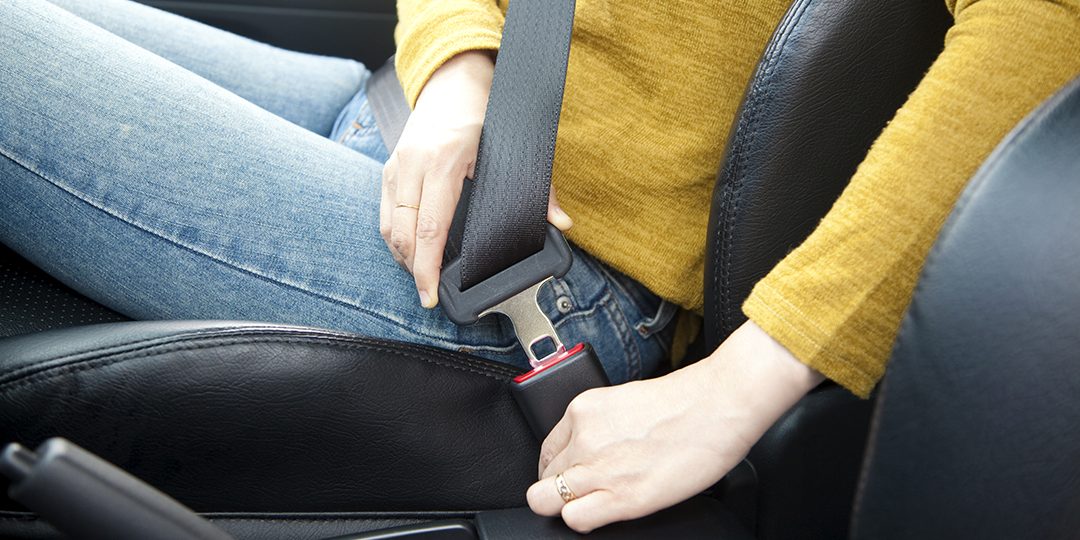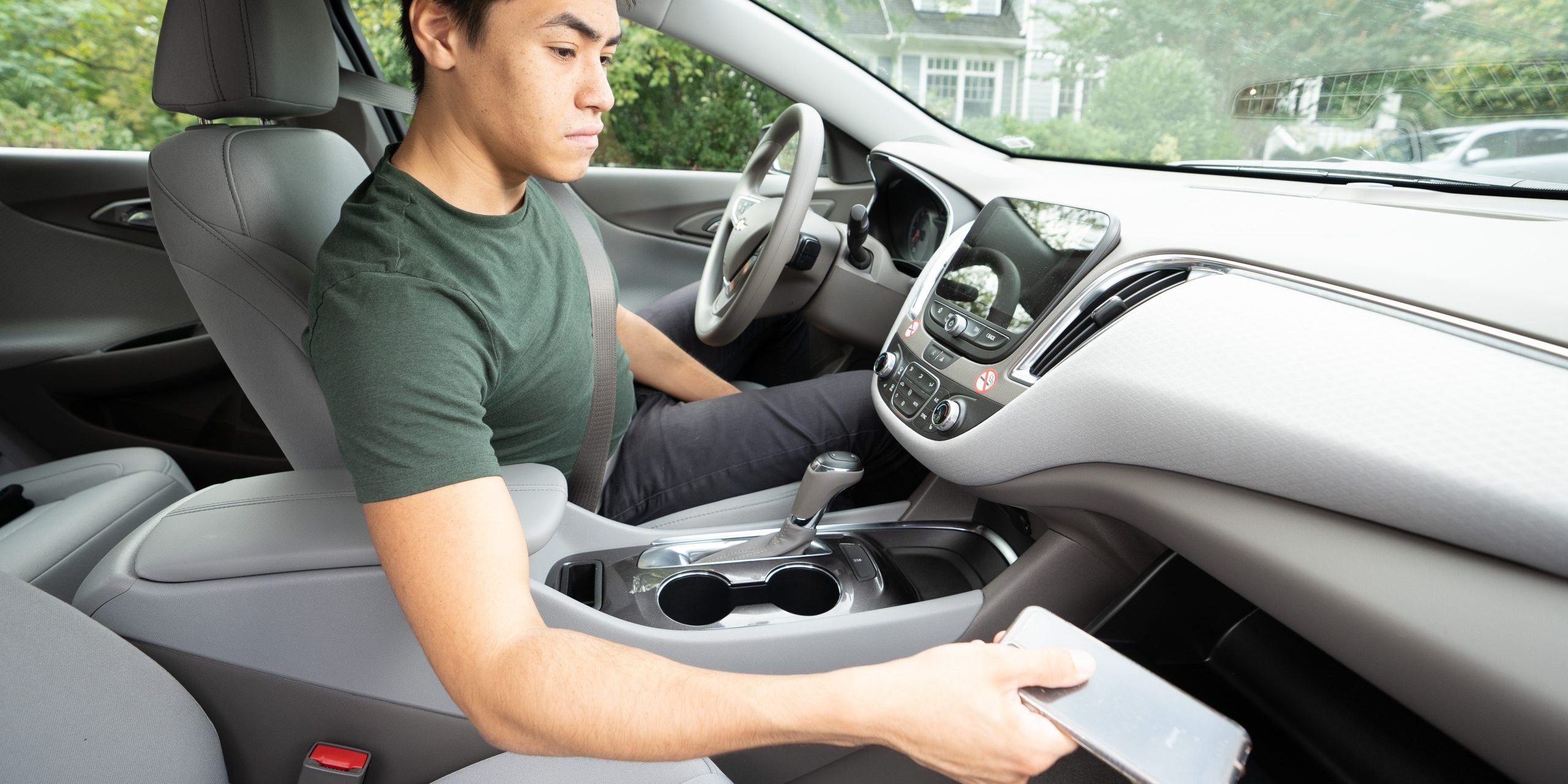
Tips for Getting Enough Practice
After your teen has learned to handle the vehicle, make sure they drive regularly when they are in the vehicle. Of course, there may be times when it’s better for a parent to drive, like when you’re running late or the weather is worse than they’re ready to drive in. However, it’s important to have the expectation that the teen normally drives.
Getting practice in certain situations, such as bad weather, may require making a special trip. If it rains or snows, consider going out to help your teen learn how to drive in those situations when you think they’re ready.
If your teen has a bad experience and is reluctant or scared to drive, it’s okay to take a short break. Start up again in easier situations to help your teen get their confidence back.
Even though getting enough practice can be difficult, making a plan together can help. A Driving Practice Plan can help set expectations about driving and promote lots of practice in a wide range of situations. Download a sample Driving Practice Plan to use with your teen.
Remember, your job is to help your teen become a safe driver. The HSRC team has developed a Driving Skills Tracking Tool to help you keep track of your teen’s progress. If by the end of the learner period you do not think your teen is ready for independent driving, it is ok to delay getting a license to continue practicing. Keep getting practice until both you and your teen are comfortable and confident with your teen’s driving.


Set a Good Example
Your teen driver learns a lot not just by what you say, but by what you do. When you’re driving, you can set a good example by:
- Wearing your seat belt
- Following the speed limit
- Avoiding distractions like using your phone, eating, using your car’s touchscreen, etc.
- Driving extra carefully in bad weather and showing your teen how to handle slippery surfaces and low visibility
- Slowing down at night and using your high beams (brights) when there’s no oncoming traffic – many drivers overestimate how well they can see people or animals in or near the road
